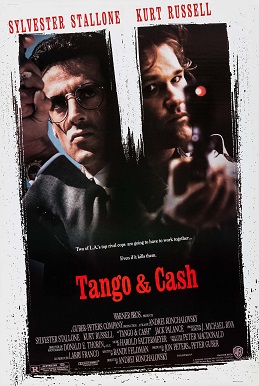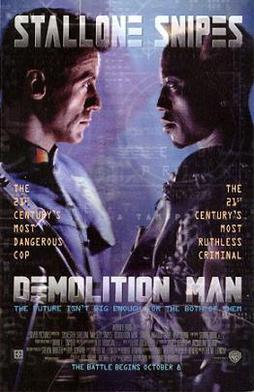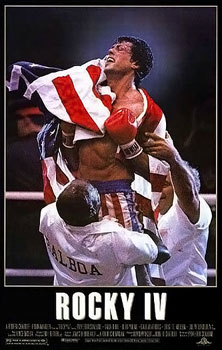Just as a brief preamble, it’s been a pretty down year for movies, as far as I can see. Other than Once Upon a Time in Hollywood, nothing else has come close to being my favorite of 2019, but, all of the following four are standouts in their own way, and the first two in particular I bet will get some awards love.
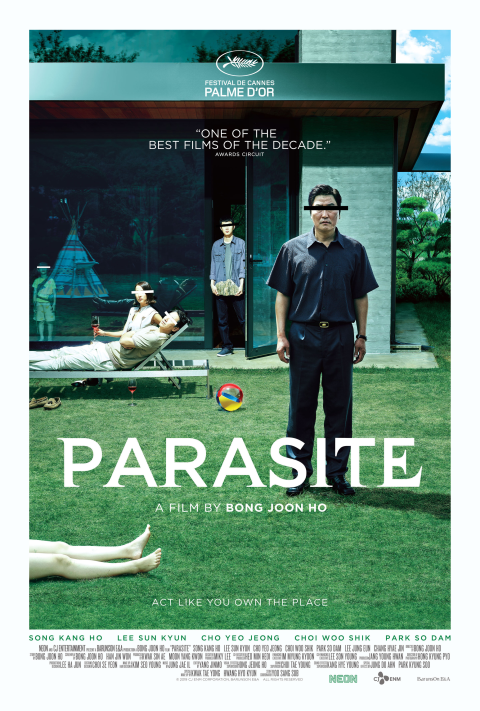
From the director of Snowpiercer (a very entertaining movie with a questionable ending) comes a film that I think is getting a little overhyped in terms of the level of praise, but is nonetheless one of the best films of the year.
I say that because I was led to expect that Parasite would be totally mind-blowing, and, well, it didn’t quite reach that level for me (I mean I wouldn’t call it more successful than Burning in that regard), but it’s still a sight to behold (figuratively and literally; the cinematography is wonderful), and it did go places I didn’t expect, so I must give it that credit.
What really makes Parasite go though is the performances. As the plot essentially revolves around a long con, there’s a lot of acting on top of acting that could easily be overplayed, but this ensemble handles it with an impressive level of nuance.
Some have called this movie a dark comedy, and while there were moments that made me laugh I think I’d label it more of a twisty drama, but we’re splitting hairs at this point.
As I said, one of the best of the year, if not totally mind-blowing.
Rating: ★★★★☆
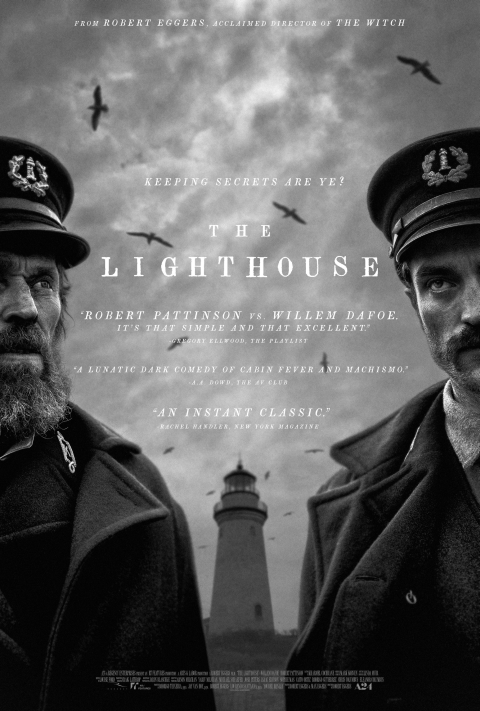
Regrettably, I’ve still not seen Robert Eggers’ previous film, The Witch, though after seeing The Lighthouse I feel even more inclined to seek it out.
I’m not the biggest fan of Stanley Kubrick’s The Shining, but The Lighthouse definitely cribs some notes from it, in a good way. I wouldn’t say I found The Lighthouse horrifying or unsettling in the way of, say, Hereditary; I’d actually call it a rather entertaining, darkly comedic descent into madness, which I don’t think I really expected from a film about two men stuck on an island, living that harsh 19th Century life.
The most compelling factor by far though, beyond even Dafoe and Pattinson going mad together, is Jarin Blaschke’s cinematography. Forgoing colorful widescreen for 4:3 black & white, every single frame of film is a work of art, to the point that you could populate an exhibit at The Met (or maybe MoMA? Hard to say) with just stills from The Lighthouse.
It’s certainly not cookie cutter Halloween fare, but you could do a lot worse.
Rating: ★★★★☆
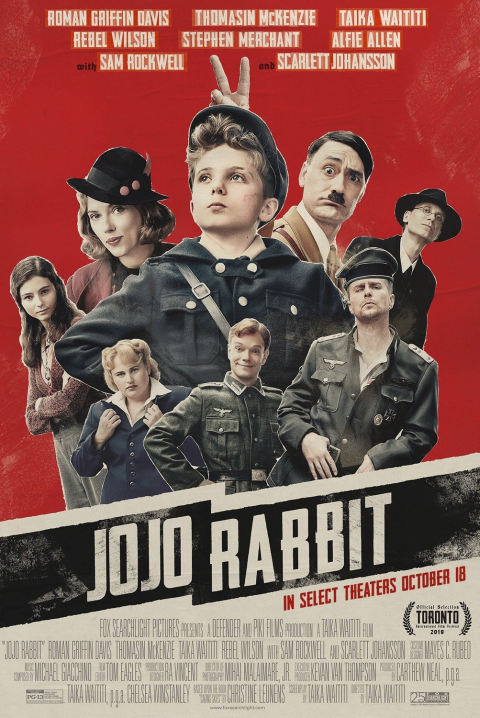
Everything I have seen so far from that quirky Kiwi, writer/director Taika Waititi, I have enjoyed, and Jojo Rabbit is no exception.
You might not think a comedy about a 10-year-old fanatical Nazi in late-World War II Germany whose imaginary best friend is Adolf Hitler would work, but somehow Waititi (who also plays Der Führer) pulls it off. Not to heap too high praise on it, but, to me, Jojo works in much the same way that Blazing Saddles works (in fact I’ll go ahead and call it a blend of Blazing Saddles and Moonrise Kingdom) in making a farce of blind bigotry; but it’s not exactly the same in that, despite its fanciful premise, Jojo is a bit more grounded (as opposed to the more cartoonish reality of Blazing Saddles), which allows it to move in some surprising tonal directions. Frankly, it’s the sort of story I think could only be handled by a New Zealander.
It’ll make you laugh, perhaps make you cry as well, but I recommend it across the board.
Rating: ★★★★☆
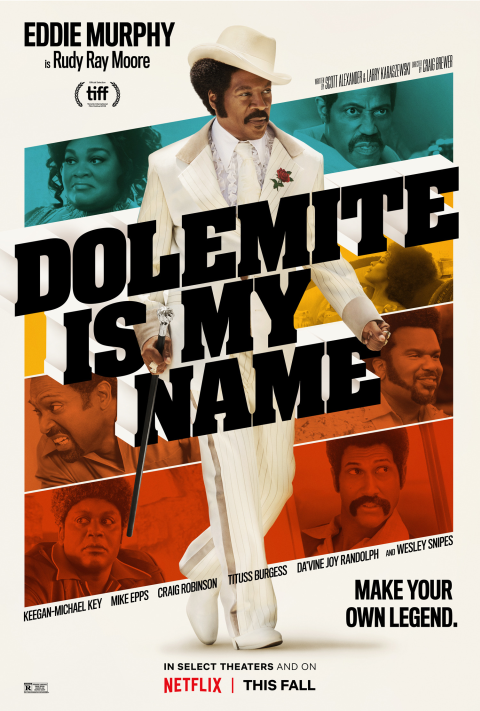
You could write the history of Black American Cinema without mentioning Rudy Ray Moore (aka Dolemite himself), but why would you want to?
Dolemite Is My Name marks Eddie Murphy’s return to the world of R-rated movies after a twenty year absence (seriously, it’s been since Life), and while he may not look like or particularly sound like Rudy Ray Moore, it doesn’t matter. He’s totally invested in the film and having a great time doing it, which easily extends to the audience.
Beneath the torrent of ribaldry, however, is a rather heartwarming story about chasing (and grinding for) your dreams no matter how far along in life you may be; which is nice, though parts of it feel a bit by-the numbers.
However, as fun as Murphy is in the lead, there’s one actor who steals every scene he’s in, and that’s one Mr. Wesley Trent Snipes.
Maybe I’m insane (or just insanely ignorant), but playing real-life actor/director D’Urville Martin might be the best performance of Snipes’ career, at least comedically. I couldn’t take my eyes off him whenever he was on screen.
All-in-all, much like its namesake, Dolemite Is My Name may not be a total work of art, but for a Netflix watch it’ll be well worth your time.
Rating: ★★★½ (out of five)




